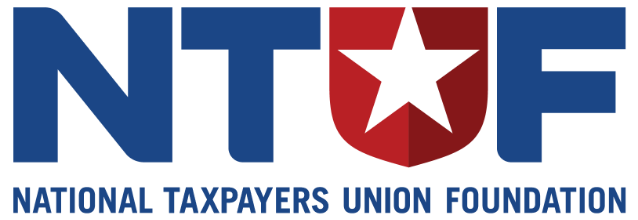Next week, the Supreme Court will hear arguments on the extent of presidential powers to impose tariffs, and they will have a brief from National Taxpayers Union Foundation to help them do so.
NTUF’s amicus curiae (friend of the court) brief, filed on Friday, highlights a new letter signed by 465 economists including 9 Nobel laureates. The letter rejects the view that tariffs must remain in place to prevent a national emergency, explaining that tariffs “divert resources from their most efficient use, while making it more difficult and expensive for U.S. businesses to access inputs and capital goods like steel and machinery for manufacturers and fertilizer and agricultural equipment for farmers.”
The Court will hear arguments on Wednesday, November 4, on whether the International Emergency Economic Powers Act of 1977 (IEEPA) authorizes the President to impose wide-ranging tariffs. President Trump invoked IEEPA’s power to “regulate . . . importation” to impose tariffs on China, Canada, and Mexico in February; on virtually all countries in the world in April; and additionally on China in May.
Our brief provides facts from 56 sources (including NTUF’s Bryan Riley) to argue:
Trade deficits are not unusual and not an emergency. The U.S. has run trade deficits for 49 years and the trade deficit as a share of the economy has been virtually unchanged for the last 10 years.
Striking down the tariffs would not be catastrophic, and, in many cases, would help foreign investment, the federal budget, and supply chain resiliency. One justification for the tariffs is to reduce foreign ownership of American assets, but this is at odds with the initiative to secure foreign commitments to invest in the United States. Tariffs increase the cost of the 56% of U.S. imports that are raw materials and components used by manufacturers, and the Tax Foundation estimates ending the IEEPA tariffs would raise GDP by 0.7% and preserve 655,000 jobs.
The challenged actions are unprecedented. Even Alexander Hamilton, who advocated protective tariffs, did not believe the President could do so without Congress. High protective tariffs have been short-lived in American history (1828–32, 1842–46, 1890–94, 1930–34), usually repealed after the economic pain they caused became apparent. In any case, a Supreme Court ruling would still allow the President to pursue trade policy through existing laws like the Trade Act of 1974.
The tariff cases, Learning Resources, Inc. v. Trump and Trump v. V.O.S. Selections, Inc., U.S. Nos. 24-1287 & 25-250, are appeals from decisions against the government by the U.S. District Court for the District of Columbia, the Court of International Trade, and the U.S. Court of Appeals for the Federal Circuit. The V.O.S. Selections case is consolidated with a separate lawsuit brought by 12 states. A total of 42 amicus briefs have been filed: 6 supporting the government, 35 supporting the challengers, and 1 in support of neither party.

